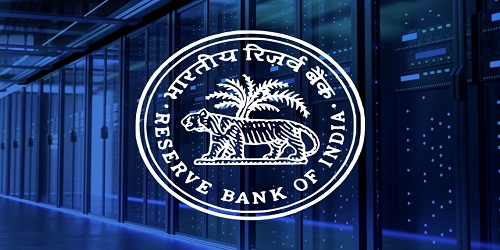On September 13, 2019 the Reserve Bank of India (RBI) has framed new guidelines in licensing Small Finance Banks(SFB) under ‘On-tap’ regime in order to make more participants in the finance banking section. As per the new guideline, the SFBs should have Rs. 200 crores minimum capital except for such small finance banks which are converted from Urban Co-operative Banks (UCBs). UCB’s should initially have at least Rs.100 crores from the start of the operation, however, it should make it to Rs. 200 crores capital within 5 years, from the date of commencement of business.
Guidelines and background in brief:
i. On- tap licencing: It is a time-efficient feature that will allow eligible parties to obtain license on-demand basis and without the need to wait. RBI allows license to the applicants throughout the year.
ii. Revised guidelines:
- Promoters of payment banks can hold 40% stake in an SFB for a lock-in-period of 5 years. This can be brought down to a maximum of 30% within 10 years and then to a maximum of 15% in the 15 years.
- CAR: The proposed CAR is to be maintained at 15%.
iii. Listing: RBI maintained that SFBs will be listed within three years of reaching a net worth of Rs 500 crores.
iv. Eligiblity/Entities to be covered: Small private entities, payment banks, NBFCs (Non-Banking Financial Company), Micro Finance Institution(MFI), and cooperative banks to apply for the SFB status having successful track record of running their businesses for at least a period of five years, can also opt for conversion into small finance banks after complying with all legal and regulatory requirements.
v. Payment bank new features: Promoters of payment banks in its eligibility under non-operating financial holding company (NOFHC) structure, will be able to expand its operations in accepting deposits of any amount and also lending money, as previously they were restricted to lend money and were also deprived to collect deposits above Rs.1lakh. Their main focus will be on small scale industries, farmers and Small and Medium Enterprises(SME)
- Functions of payment banks as SFB: They can provide remittances, have Automated Teller Machines(ATM) and also sell pensions. Previously payment banks were allowed to sell Mutual Funds(MF), third party loans and insurance.
vi. Entities that are not eligible: Only small private entities can apply for SFB and no large industrial and public sector entities will be allowed to become SFB. Business groups, autonomous bodies, joint venture companies and promoters of universal banks will also not be allowed to become SFB.
vii. Holding company: In the case of holding company (a company that holds another company), it can hold another financial firm, but it shouldn’t do the same business as that of an SFB.
viii. Previous guidelines:
- In the previous guideline of 2014, SFBs should have minimum capital of Rs. 100 crores for operation.
- Promoters can hold 40% in an SFB and can be brought down to 26% within 12 years of operation.
- CAR: The Capital Adequacy Ratio(CAR) should be maintained as commercial banks at 9%.
ix. First SFBs: 10 SFBs were given licence initially in 2015. They are Ujjivan, Janalakshmi, ESAF (Evangelical Social Action Forum), Equitas, Au Financiers, Capital Local Area, Disha, RGVN, Suryoday and Utkarsh. Out of these 10 SFBs 8 SFBs were included in the second schedule of the RBI Act, 1934.
About SFB:
♦ They are generally a niche banks (banks focussing on a particular sector alone) in India offering basic banking services especially to small businesses, small and marginal farmers, micro and small industries, and the unorganized sector.
♦ Registeration: They are registered as public ltd company under the Companies Act, 2013.
♦ License: SFBs are licensed under Section 22 of the Banking Regulation Act, 1949.

